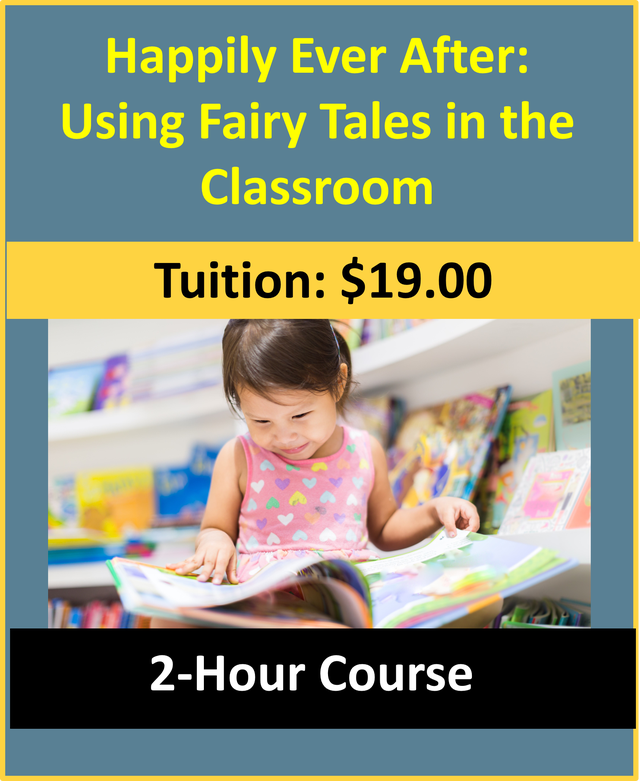|
Do you need help supporting school-age children with inclusion? Most of us likely have a general idea of what inclusion means. Based on the term alone, we can understand that it has to do with including others in an activity of some kind. It also means not excluding someone based on their individual ability level. While this is the first part of inclusion, there is another consideration that needs to be made when working towards an inclusive classroom. Inclusivity is about being welcomed into the classroom and also making the child feel that they are a part of that community by considering their needs and supporting them. Inclusive classrooms provide individual supports that benefit not only the school-age child with special needs, but also their peers and teachers. Teachers play an important role in providing a program that truly works for each child and what they need as an individual. The Joint Statement of the Division of Early Childhood (DEC) and the National Association for the Education of Young Children (NAEYC) describes an inclusive classroom as having three components, including access, participation, and supports.
***Does this topic interest you?*** You could enroll in our new course titled Inclusive Classroom Communities for School-Age Children for 2 clock hours. Click here to enroll. Comment how you currently support "Access, Participation, or Support" in your classroom.
Here is mine: When I was in the classroom, making sure every child could participate was very important to me. I would adapt an activity in the gym or in the classroom so that every child could do it. For example there was a child who had trouble with their fine motor skills, I asked them if they would like me to cut the shapes or if they wanted to try it on their own with my support. Sometimes they would ask a friend to help them instead which was totally okay!
0 Comments
Leave a Reply. |






















 RSS Feed
RSS Feed